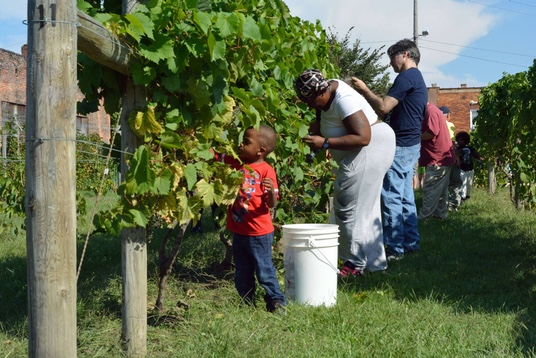
Over the last decade and a half, the public perception regarding people returning to their home communities from periods of incarceration (as I have done on more than one, two, three, uh — let’s quit counting right there — occasions) has shifted somewhat dramatically. Sure, there still are some naysayers but the truth is, over 70 percent of people released from prison don’t go back, and that number was achieved in part due to effective reentry programs, some of which I had a hand in designing and implementing.
However, the next logical step in the process of making our communities safer is figuring out how to design effective “preentry” programs. In other words, how do we prevent young people from engaging in criminal activity that sends them to prison in the first place? I’m not suggesting that we quit focusing on reentry; there are still thousands of individuals in the pipeline that are exiting prison each year in need of services. But what I am suggesting is that we quit feeding the beast: That we eventually solve the problem of reentry by choking off the supply of young people entering the prison system. If fewer go in, then fewer will come out.
If we use the number of homicides citywide as a barometer of crime, Cleveland has hovered at the 100-plus number of killings for the last five years. And statistics show that we are shipping just as many folks down I-71 for sentences of varying lengths as we ever have.
The “long-game” answer, of course, is to repair families like Jeffery Canada does with his Harlem Children Zone, where he takes children from disadvantaged backgrounds and sends them to college rather than to the joint. He is repairing broken families as well as broken neighborhoods, something we must also do in the long term — that’s the “long-game” answer.
But what do we do about the 100+ murders a year we are currently faced with in the short term? The answer is “preentry.” The fact is, the police know who tomorrow’s shooters are going to be even before they pull the trigger. By the time a young person injures or kills someone via a gun they’ve had, on average, seven contacts with authorities. Seven.
Over the years we’ve had a number of young people come to work at our vineyard straight out of incarceration; these were young people who wanted to straighten their lives out. The problem was, at the end of their work days they went back to the communities that first failed them and the culture was simply too strong. So we failed them also.
Young people from weak family backgrounds are not going to be able to go back to those same neighborhoods and families that first failed them and turn their lives around. The other dudes on the block just ain’t havin’ it. Only one in on thousand will be strong enough to resist being sucked back into the street and gang culture.
The answer is, we simply must provide alternative housing for young people coming out of juvenile incarceration, housing that also provides mentors who themselves have faced the same challenges. There’s a bunch of us who know how to keep our young men straight — at least the majority of them — we just need to have some way to house and feed them while we get them ready for a good start in life. We know how to do this, we simply need housing and resources, and we can take it from there — and society will eventually be much safer for our efforts.

From CoolCleveland correspondent Mansfield B. Frazier mansfieldfATgmail.com. Frazier’s From Behind The Wall: Commentary on Crime, Punishment, Race and the Underclass by a Prison Inmate is available in hardback. Snag your copy and have it signed by the author at http://NeighborhoodSolutionsInc.